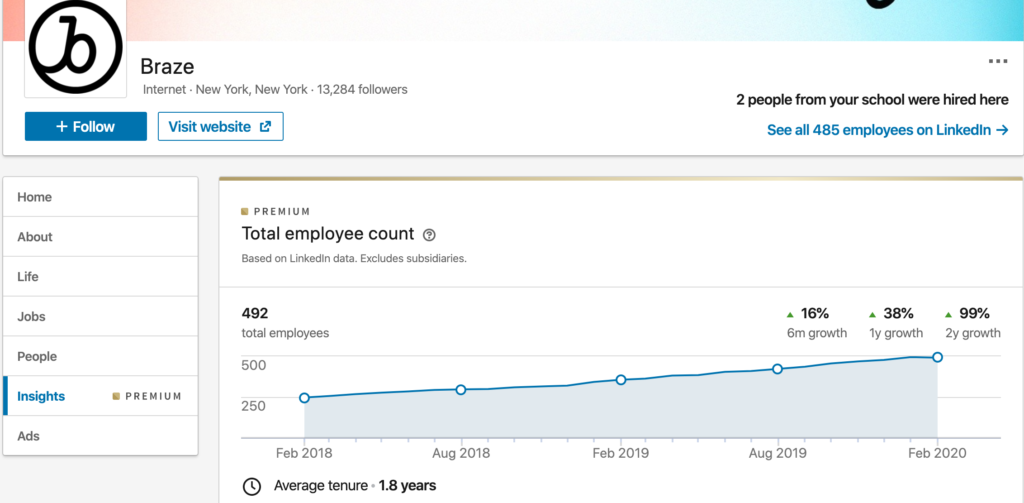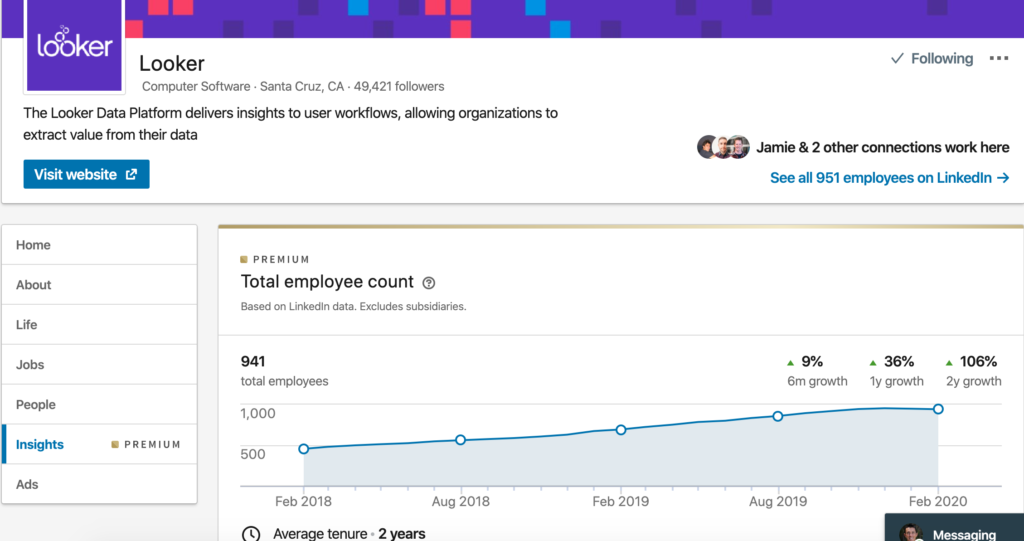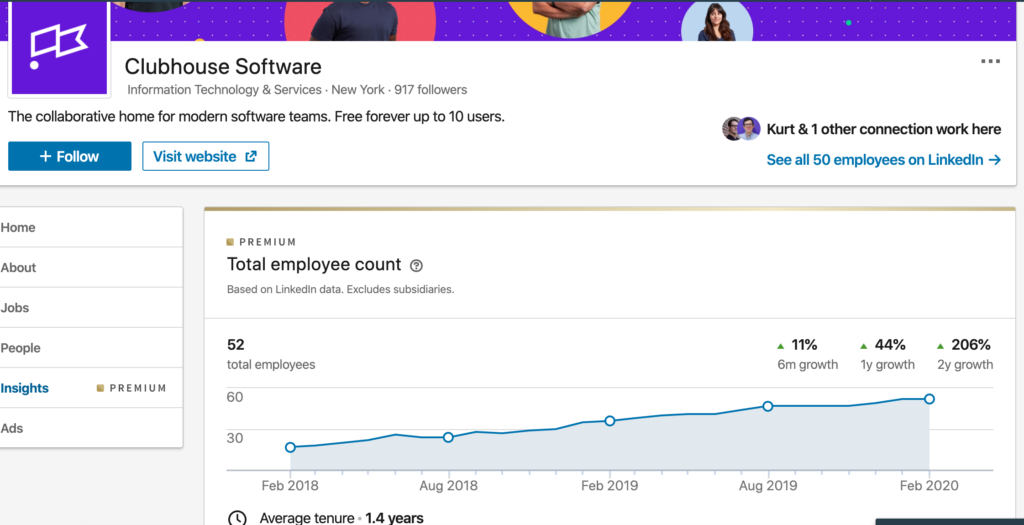With Sonder and a long-tail of others raising large amounts of money for “tech-enabled” hospitality, many in vacation rentals and venture capital are wondering whether these businesses deserve the kind of valuations they are receiving.
This will be part of a larger series of posts about valuation of startups in general.
A quick primer on how companies are valued.
Companies exist to produce cash flows (eventually) and at the end of the day, are valued on how much cash flow can be expected in the future. Whether using a DCF (discounted cash flow) analysis or a P/E ratio (price-to-earnings) or EBITDA multiple, a company is worth the free cash flow it will produce for its owners or shareholders.
The long-term average P/E multiple for public companies is around 15x (source: https://www.multpl.com/s-p-500-pe-ratio).
Sometimes this will go up, either due to market exuberance or stronger than average growth rates, because higher than average growth rates mean that future cash flows will be great than normal and thus the ratio of price to current earnings goes up to account for those higher future earnings.
Growth rates average around 5% (source: https://www.multpl.com/s-p-500-sales-growth)
Earnings and growth can explain the majority of valuations (faster growing companies like Okta or Zoom command a greater P/E multiple than slower growing companies like Oracle).
However, when a company doesn’t have any earnings (like most startups), how can you value it?
One way is a revenue multiple.
The key to understanding revenue multiples is understanding that different types of businesses have different abilities to produce earnings. Some, like software, are high-margin (20%+ net income margin) while others are low margin (e.g. retail at 5%). A high margin business commands a higher revenue multiple because more of that revenue will turn into earnings. For instance, both Oracle and Target have about a 20x P/E multiple. Target, however, trades at a 0.8x revenue multiple because its net income margin is only about 4%. Oracle, on the other hand, has a 24% net income margin (6x that of Target) and trades at a 4.8x revenue multiple (6x that of Target). Funny how that all works.
One last note on valuation. Growth matters. Oracle has flat growth. Others like Zoom and Okta have much faster growth and trade at much higher P/E multiples (perhaps too high…). I’ll dive into how much growth matters to revenue multiples in a future post.
So how do we value a vacation rental property management company?
Because there are no Marriotts or Hilton’s of vacation rentals (and because the business model is still quite different), there are few publicly-traded comps to guide us toward what the relationship between earnings potential and net income margin are. However, there is one great comp that gives us some insight: Sykes Cottages. The company recently sold to Vitruvian Partners for $480m (source: https://skift.com/2019/10/29/sykes-cottages-sold-for-480-million-in-a-bet-on-tech-led-short-term-rentals/).
They disclosed they have around $87 million in revenue, $25 million in EBITDA, and 18,000 homes in the last 9 months. If we annualize that, it’s $116m in revenue and $33m in EBITDA. Without knowing their tax and interest exposure but guessing it’s minimal, their P/E ratio is about 15x. That’s pretty good! Much better than the 3.5-5.5x that smaller management companies can expect (source: https://www.vrmintel.com/what-is-my-company-worth-a-back-of-the-napkin-analysis/). However, their EBITDA margin is a fantastic 28%! That’s Oracle-level and much greater than most real estate asset managers in the US that are publicly traded.
I would assume this is best in class. As such, their 4x revenue multiple is a good high water mark.
One important thing to note is that Sykes is a traditional manager, so its revenue number is presumably the commission they make, not the total bookings they manage. This is supported by the fact that their revenue per property is around $6,400/year which is about 25% of the $25,000 per year of rental income you’d expect from their highly seasonal markets. (I’ll let Graham correct any of these assumptions, of course!)
I note this because the revenue numbers reported by folks like Sonder are total bookings numbers because they use master leases and so get 100% of booking revenue, not 20%.
So if revenues aren’t apples-to-apples and there is no profit, what else can we use?
One common metric is price per property managed. For Sykes, this came out to around $28,000. Another recent comp was Vacasa’s purchase of Wyndham’s vacation rental unit. While revenues weren’t disclosed, we know it sold for $162m and had 9,000 properties, which comes out to $18,000 per property (source: https://www.vacasa.com/news/vacasa-finalizes-purchase-wyndham-vacation-rentals)
If we use the Sykes value per property, then Sonder’s recent raise at a $1 billion valuation seems rich for 8,500 properties (source: https://www.businessinsider.com/sonder-has-reached-unicorn-status-with-its-newest-fundraising-round-2019-7)
Assuming they could achieve the same profitability that Sykes does and get the same value per property, they’d be valued at around $240m. However, Sonder has grown 4x in the last year while Sykes took 4 years to quadruple in size. Basically, Sonder will have grown into that valuation within a year, which sounds actually quite reasonable.
In a future post, I’ll outline how much of an impact growth has on valuation and why investors pay a serious premium for fast growing companies.
One final thought to bring it back to apples-to-apples comparisons of revenue and how we can compare revenues from traditional management-fee based companies to the new master lease model. Sykes, if we assume they charge a 25% commission on average, has a profit equal to about 7% of booking revenue (25% commission * 28% EBITDA margin). Sonder reported they will have $400m of booking revenue this year. If they were able to achieve the same profitability as Sykes, that would be $28m of profit, which, at the 15x P/E ratio we discussed earlier, gets us to a valuation of $420m, based on current revenue and properties. The reason for the much higher number? The revenue per property that Sonder appears to be claiming is closer to $50k vs $25k which we assumed for Sykes.
As a bit of a sanity check, I had a chat with my friends over at C2G Advisors, who see a greater number of deals than anyone, most likely. Just as the 20x EBITDA for Sykes and larger companies is much greater than the typical 3.5-5.5x they see for smaller, 50-200 property companies, so, too is the valuation per property.
(As a side note, this is common through company valuations. SMBs are valued at a much lower multiple than larger companies because there is more risk and an SMB is more fragile than a very large corporation. This is part of the reason why larger companies like Vacasa and Sykes can unlock a lot of value by buying smaller companies. If they buy at 5.5x EBITDA but get valued at 15x EBITDA, the deal is instantly accretive even without improving profits.)
Depending on the location and annual bookings for a property, typical ranges they see are $5k-$15k. One key insight from Jim and Jacobie at C2G is that the great equalizer between managers in all markets is the % of booking revenue they capture. When you combine that with their EBITDA margin, you can actually get to EBITDA as a % of booking revenue, which is a great equalizer across traditional managers but also the Sonder-types. In an example they said was typical, a manager might capture 37% of booking revenue as “their” revenue and from there, achieve an 18% EBITDA margin. If you do the math, that comes to an EBITDA margin of 6.5% of booking revenue. That’s pretty darn close to what Sykes seemed to be showing!
As an additional caveat, traditional property managers in the vacation rental space earn revenue not just from commission (a % of booking revenue, typically around 20-25%) but also from fees and other ancillary products they sell where they keep 100% of the revenue. This can amount to 12.5-25% of the booking revenue. This type of “ancillary” revenue is becoming increasingly important, following a trend I saw in airlines decades ago as ancillary become upwards of 30% of revenue at places like Ryanair. In addition, some of the best performing managers will see EBITDA margins from 20% to as high as 30%, which would bring their EBITDA as a percent of booking revenue to upwards of 10% in some cases.
One last fun bit of math. If a property does $30k in annual bookings, you would expect it to do around $2k of EBITDA (based on 6.5%). Stick a 3.5x EBITDA multiple and that gets you $7k per property, right in the range C2G mentioned above. Funny how that works.
The caveat to all of this is the question about whether “tech-enabled” property managers who are now primarily taking out master leases on properties can achieve that level of profitability. While comparisons to WeWork rattle the investor community, if you look at a WeWork competitor, Regus, which has been around much longer, they have a 4% net income margin, which while less than the 7% of booking revenue we see from Sykes is still in the ballpark (source: http://investors.iwgplc.com/key-financials/income-statement).
In summary, for a fast-growing tech-enabled vacation rental manager, it’s reasonable to be worth 1.0-1.5x booking revenue or close to $30k per property. And for those growing 4x per year, it’s not a crazy leap to get to 2.5x of booking revenue.
But keep an eye on those costs!
(As a side note, WeWork’s “corrected” valuation of $7.5b is 2.5x their $3b in revenue…funny how that works out! (source: https://techcrunch.com/2019/10/21/report-softbank-is-taking-control-of-wework-at-an-8b-valuation/))
Note: this post has been updated to reflect the Sykes numbers were for 9 months, not 12 months.


